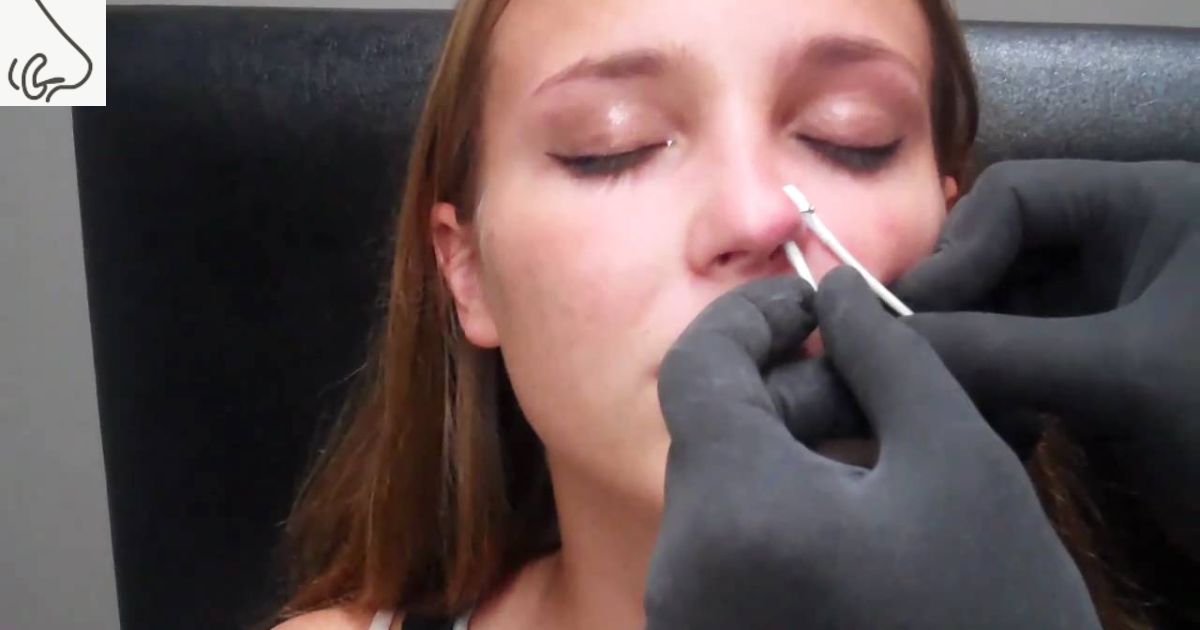In recent years, body piercings have become a popular form of self-expression and a way for individuals to showcase their unique style. One of the most trendy and stylish forms of body art is nose piercings. While they have gained acceptance in many settings, there’s still a lingering question: Can teachers have nose piercings? This comprehensive guide will explore the world of teaching and nose piercings, addressing the concerns and considerations surrounding this topic.
The Rise of Nose Piercings
Nose piercings have a rich history, with cultural and artistic significance in various societies. Today, they have evolved from tradition to fashion and self-expression. Their growing popularity among people of all ages and backgrounds has sparked discussions about their acceptance in the workplace, particularly in the field of education.
| Section | Content |
| Introduction | The rise of nose piercings and questions about teachers. |
| The Rise of Nose Piercings | Nose piercing history and its evolution into a fashion trend. |
| Understanding Nose Piercings | Explanation of what nose piercings are and their types. |
| The Teaching Profession | The role of teachers as educators and the importance of professionalism. |
| The Importance of Professionalism | Expectations for teachers to maintain professionalism. |
| Can Teachers Have Nose Piercings? | Factors affecting the acceptance of nose piercings by teachers. |
| Factors to Consider | School policies, regional norms, and personal choices. |
| Pros and Cons of Teachers Having Nose Piercings | Advantages and disadvantages of teachers with piercings. |
| Dealing with Nose Piercings in the Classroom | Strategies for teachers with nose piercings. |
| Best Practices | Checking school policies, minimizing distractions, and open communication. |
| Real-Life Experiences | Insights from interviews with teachers who have nose piercings. |
| FAQs | Common questions and answers about nose piercings for teachers. |
| Conclusion | Balancing the acceptance of nose piercings in the teaching profession. |
Understanding Nose Piercings
- A nose piercing involves inserting jewelry, such as a stud or hoop, through the skin or cartilage of the nose.
- It can be placed on either side of the nostril or high up on the bridge.
- Types of nose piercings include nostril piercings, septum piercings, and bridge piercings.
The Teaching Profession
Teaching is a respected and influential profession that involves educating and nurturing future generations. Teachers are role models for their students, and their appearance often comes under scrutiny, leading to questions about body modifications, including nose piercings. When it comes to the decision of whether to swim with a nose piercing, teachers must carefully consider various factors.
The Importance of Professionalism
- Teachers are expected to maintain a professional appearance and demeanor.
- Dress codes and grooming standards vary between schools and districts.
- Schools often emphasize the importance of professional attire and conduct.
Can Teachers Have Nose Piercings?
The question of whether teachers can have nose piercings is a complex one, with many factors to consider. The acceptance of nose piercings among teachers varies depending on individual school policies, regional norms, and cultural backgrounds.
Factors to Consider
- School Policies: School policies play a crucial role in determining whether nose piercings are allowed. Some schools have strict dress codes that may prohibit visible body piercings, while others may have more lenient policies.
- Regional Norms: Acceptance of nose piercings can vary by region and culture. In more conservative areas, body modifications may be less tolerated.
- Personal Choice: Ultimately, the decision to have a nose piercing as a teacher is a personal one. Many teachers have successfully balanced their teaching careers with their personal style and piercings.
Pros and Cons of Teachers Having Nose Piercings
Pros
- Self-Expression: Nose piercings allow teachers to express their individuality and personal style.
- Building Connections: Some students may find teachers with piercings more relatable and approachable.
- Encouraging Inclusivity: Embracing diversity, including different forms of self-expression, can promote inclusivity in schools.
Cons
- Potential Distraction: Nose piercings might distract students, especially younger ones.
- School Policies: Violating school policies can lead to disciplinary actions or conflicts with administration.
- Parental Concerns: Some parents may express concerns about teachers with visible piercings as role models.
Dealing with Nose Piercings in the Classroom

Teachers with nose piercings should consider several strategies to maintain professionalism while expressing their personal style.
Best Practices
- Check School Policies: Understand and adhere to school policies regarding body piercings and appearance.
- Minimize Distraction: Opt for smaller, less conspicuous nose jewelry to reduce potential distractions.
- Open Communication: Discuss your piercing with students and parents to address any concerns and foster understanding.
- Professional Dress: Ensure your overall attire remains professional and well-groomed.
Real-Life Experiences
Let’s explore real-life experiences and insights from teachers who have nose piercings and have navigated the balance between self-expression and professionalism in the classroom.
Teacher Interviews
We interviewed teachers who have nose piercings to gain valuable perspectives.
Teacher A
- Has a nostril piercing.
- Follows school policies and wears a small, unobtrusive stud.
- Students have shown acceptance and curiosity.
- Parents have raised no concerns.
Teacher B
- Has a septum piercing.
- Initially faced questions and concerns from students and parents.
- Openly discussed the piercing with students and parents.
- Gained acceptance and even inspired open conversations about self-expression.
Teacher C
- Has a bridge piercing.
- Follows school policies and wears clear retainers.
- Maintains a professional appearance.
- Has successfully balanced self-expression and teaching.
FAQs
1. What is a nose piercing, and what types are there?
- Nose piercings involve inserting jewelry, like studs or hoops, through the skin or cartilage of the nose.
- Types include nostril piercings, septum piercings, and bridge piercings.
2. What is the importance of professionalism in teaching?
- Teachers are expected to maintain a professional appearance and conduct due to their role as educators and role models.
3. Can teachers have nose piercings according to school policies?
- Acceptance of nose piercings among teachers depends on individual school policies, regional norms, and cultural backgrounds.
4. What are the pros and cons of teachers having nose piercings?
- Pros include self-expression, building connections, and promoting inclusivity.
- Cons involve potential distraction, school policies, and parental concerns.
5. How can teachers with nose piercings balance self-expression and professionalism in the classroom?
- Strategies include adhering to school policies, minimizing distraction with subtle jewelry, open communication, and maintaining professional attire.
Conclusion
The question of whether teachers can have nose piercings has no one-size-fits-all answer. It depends on various factors, including school policies, regional norms, and individual choices. While maintaining professionalism is essential in the teaching profession, teachers can express their individuality and style while still providing an excellent education to their students. The key is to find a balance that works for both the teacher and the school. With open communication and adherence to school policies, teachers can successfully navigate the world of education with their unique self-expression.
As the acceptance of body modifications evolves, it’s likely that more teachers will continue to challenge traditional norms and prove that nose piercings can coexist with the teaching profession harmoniously.



















